Propane reacts with chlorine in sunlight to give two products. 1-chloropropane is obtained in 44% yield and 2-chloropropane is obtained in 56% yield of the total product. What will be the percent yield of the major product obtained when butane is treated with in similar conditions
The correct Answer is:72
To solve the problem, we need to analyze the chlorination of butane in the presence of chlorine and sunlight, similar to the reaction of propane with chlorine. Here are the steps to find the percent yield of the major product when butane is treated with chlorine.
1. Identify the Structure of Butane:
- Butane has the molecular formula C₄H₁₀ and can be represented as CH₃-CH₂-CH₂-CH₃.
2. Identify the Types of Hydrogens:
- In butane, we have:
- 3 primary (1°) hydrogens from the terminal CH₃ groups.
- 2 secondary (2°) hydrogens from the CH₂ groups.
- The reactivity of these hydrogens is different, with primary hydrogens being less reactive than secondary hydrogens.
3. Determine the Reactivity Ratio:
- The reactivity ratio for hydrogen types during chlorination is approximately:
- Primary (1°): 1
- Secondary (2°): 3.8
- Thus, the reactivity for butane can be calculated as follows:
- For primary hydrogens: 3 (number of primary hydrogens) × 1 (reactivity) = 3
- For secondary hydrogens: 2 (number of secondary hydrogens) × 3.8 (reactivity) = 7.6
4. Calculate the Total Reactivity:
- Total reactivity = Reactivity from primary + Reactivity from secondary
- Total reactivity = 3 + 7.6 = 10.6
5. Calculate the Relative Amounts of Products:
- Let’s denote the products formed:
- Product A (1-chlorobutane) from primary hydrogens = 3
- Product B (2-chlorobutane) from secondary hydrogens = 7.6
6. Calculate the Percent Yield of Each Product:
- Percent yield of Product A (1-chlorobutane):
Percent Yield of A=(310.6)×100≈28.3%
- Percent yield of Product B (2-chlorobutane):
Percent Yield of B=(7.610.6)×100≈71.7%
7. Identify the Major Product:
- The major product is the one with the higher percent yield, which in this case is 2-chlorobutane (Product B) with a yield of approximately 71.7%.
Final Answer:
The percent yield of the major product (2-chlorobutane) obtained when butane is treated with Cl₂ in similar conditions is approximately 71.7%.
- Butane has the molecular formula C₄H₁₀ and can be represented as CH₃-CH₂-CH₂-CH₃.
- In butane, we have:
- 3 primary (1°) hydrogens from the terminal CH₃ groups.
- 2 secondary (2°) hydrogens from the CH₂ groups.
- The reactivity of these hydrogens is different, with primary hydrogens being less reactive than secondary hydrogens.
- The reactivity ratio for hydrogen types during chlorination is approximately:
- Primary (1°): 1
- Secondary (2°): 3.8
- Thus, the reactivity for butane can be calculated as follows:
- For primary hydrogens: 3 (number of primary hydrogens) × 1 (reactivity) = 3
- For secondary hydrogens: 2 (number of secondary hydrogens) × 3.8 (reactivity) = 7.6
- Total reactivity = Reactivity from primary + Reactivity from secondary
- Total reactivity = 3 + 7.6 = 10.6
- Let’s denote the products formed:
- Product A (1-chlorobutane) from primary hydrogens = 3
- Product B (2-chlorobutane) from secondary hydrogens = 7.6
- Percent yield of Product A (1-chlorobutane):
Percent Yield of A=(310.6)×100≈28.3%
- Percent yield of Product B (2-chlorobutane):
Percent Yield of B=(7.610.6)×100≈71.7%
- The major product is the one with the higher percent yield, which in this case is 2-chlorobutane (Product B) with a yield of approximately 71.7%.
The percent yield of the major product (2-chlorobutane) obtained when butane is treated with Cl₂ in similar conditions is approximately 71.7%.
Topper's Solved these Questions
Similar Questions
Propane reacts with chlorine in sunlight to give two products. 1-chloropropane is obtained in 44% yield and 2-chloropropane is obtained in 44 % yield and 2- chloropropane is obtained in 56% yield of the total product. 2-Methylpropane reacts with chlorine under same conditions to produce 1-chloro-2-methylpropane 66% and 2-chloro-2- methylpropane 33% .Wht will be the percent yield (X) of the major product obtained when 1,3,5,-trimethylcyclohexane is treated with Cl2 in similar conditipons?
View SolutionWhat product is obtained when toluene is treated with Cl in the presence of light.
View Solution
Knowledge Check
- Question 1 - Select One
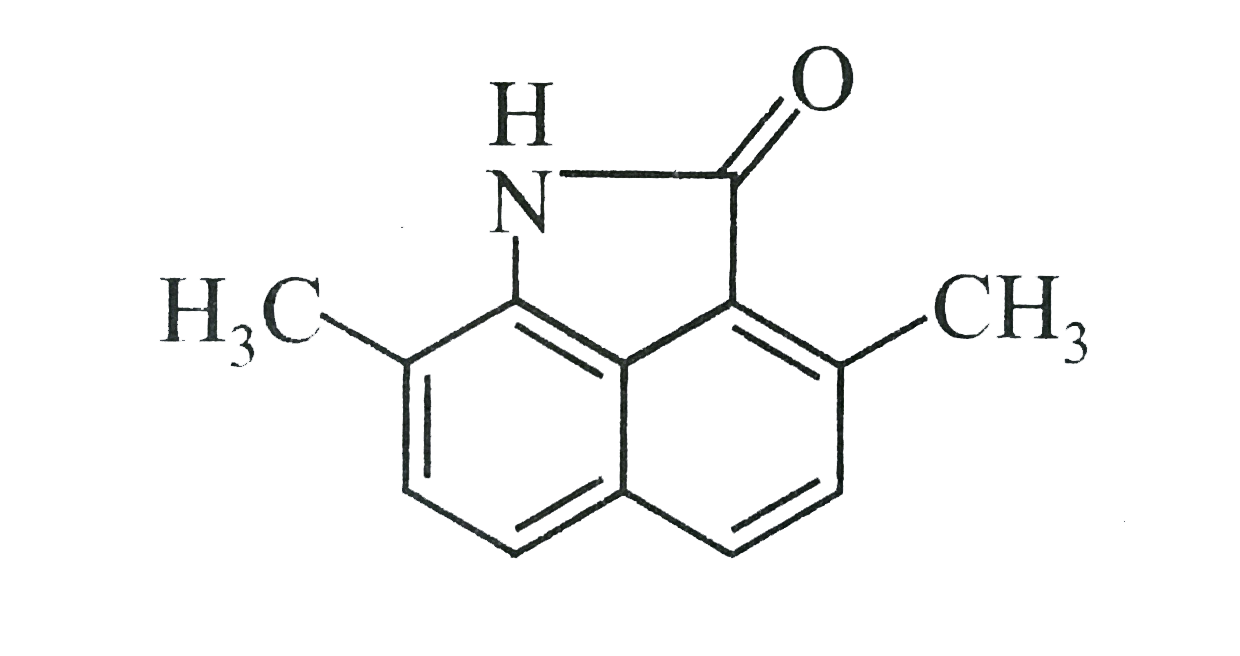
The major product obtained when Be2Fe is treated withA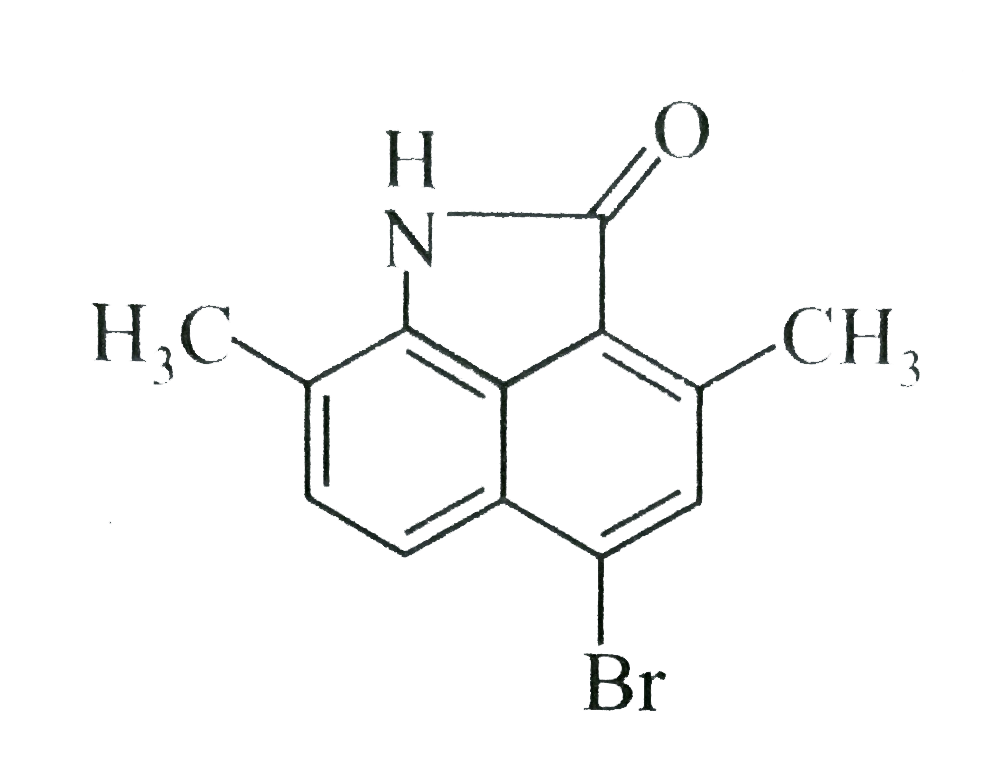 B
B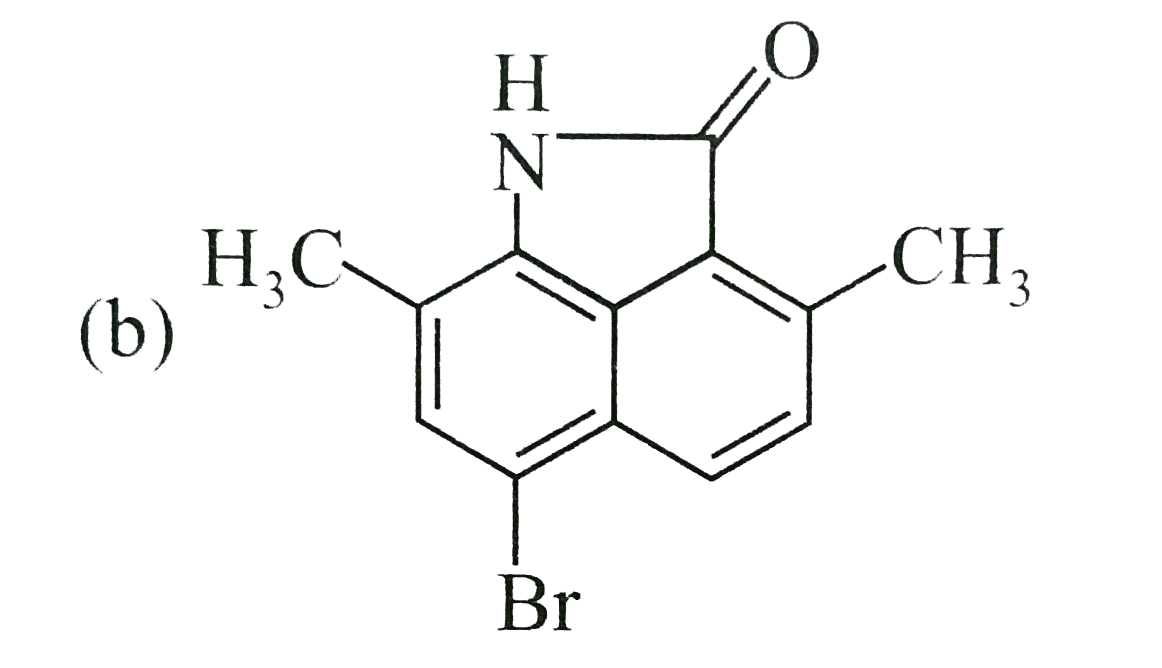 C
C D
D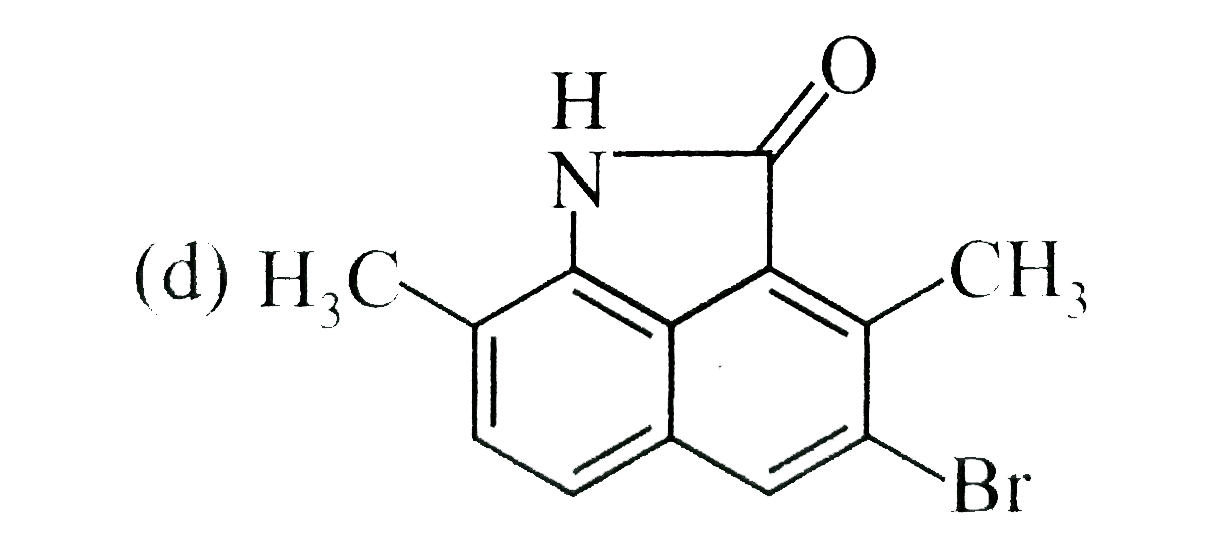
- Question 2 - Select One
The major product obtained when Br2/Fe is treated with
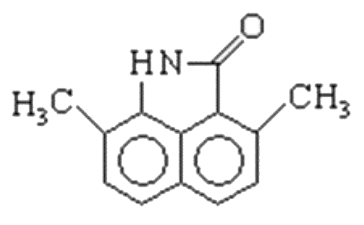 isA
isA B
B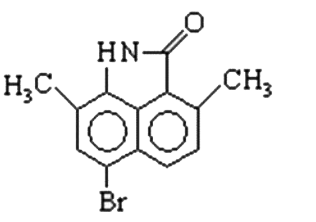 C
C D
D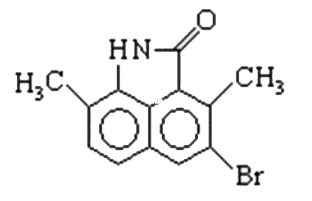
- Question 3 - Select One
The major product obtained when - Butane is treated with bromine in the presence of light is
ACH3−CH2−CH2−CH2−BrB C
C D
D
What product is obtained when toluene is treated with Cl in the presence of light.
View SolutionWhat is the major product obtained when ArN+2Cl− treated with KI ?
View SolutionWhat is the major product formed when butan-2-ol is treated with conc. H2SO4 at 443 K ?
View SolutionWhen isobutane is treated with Cl2 in sunlight then major product is:
View SolutionWhat is the major product obtained when phenol is treated with chloroform and aqueous alkali ?
View Solution

